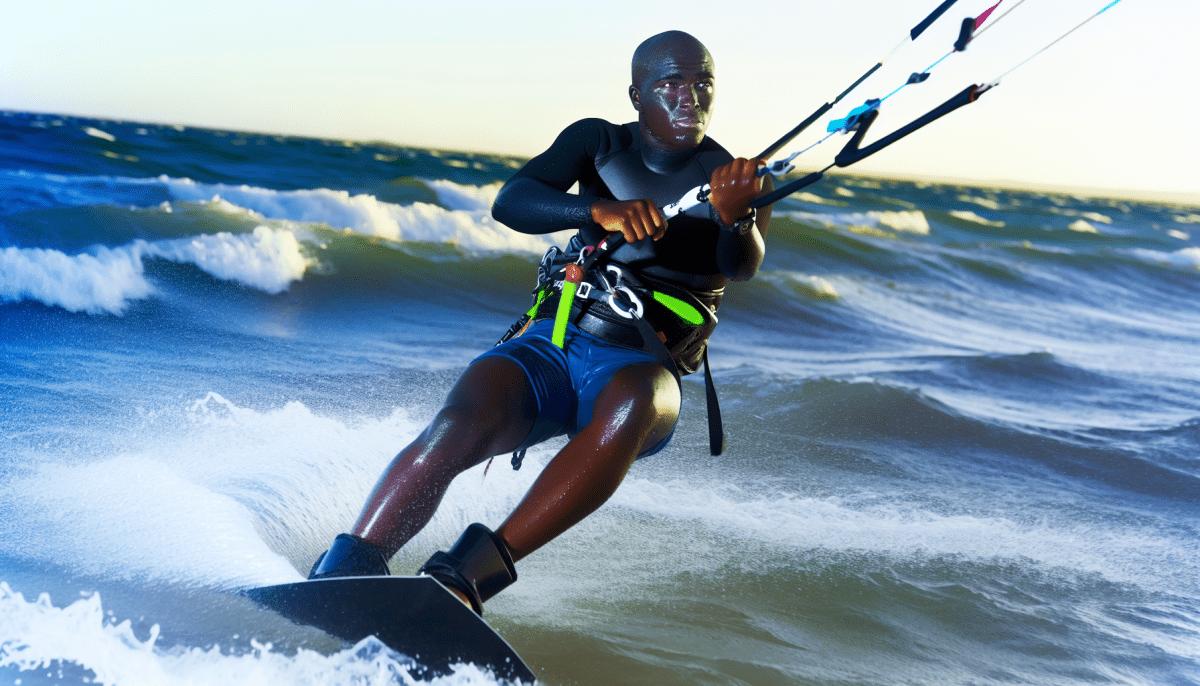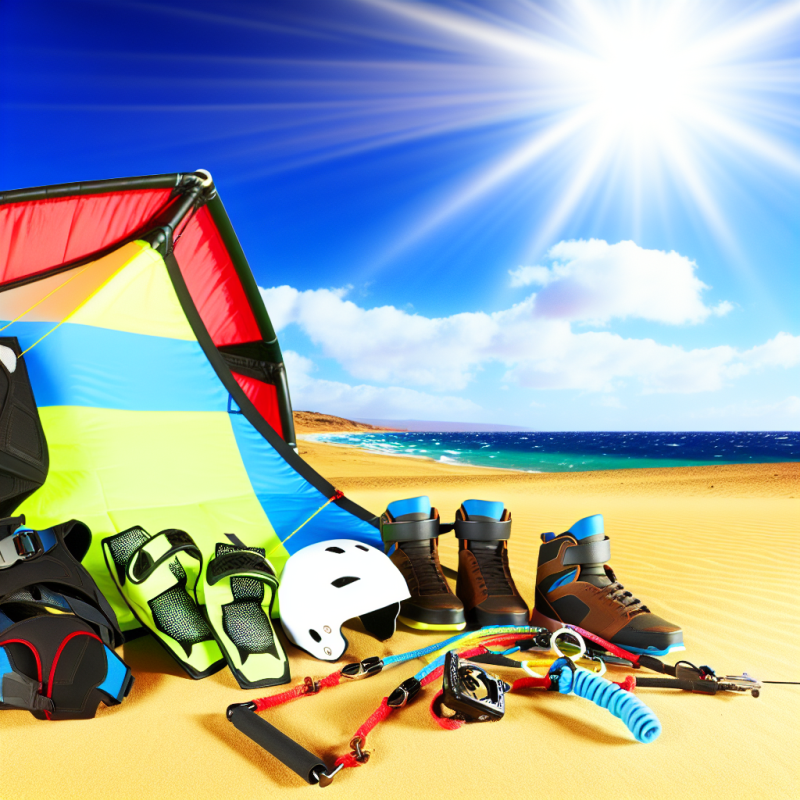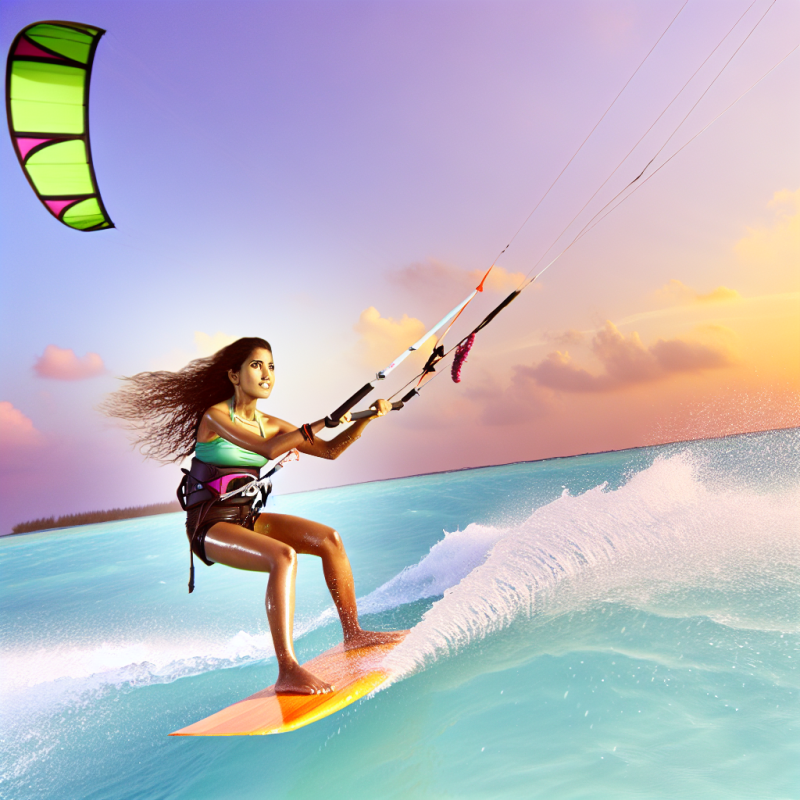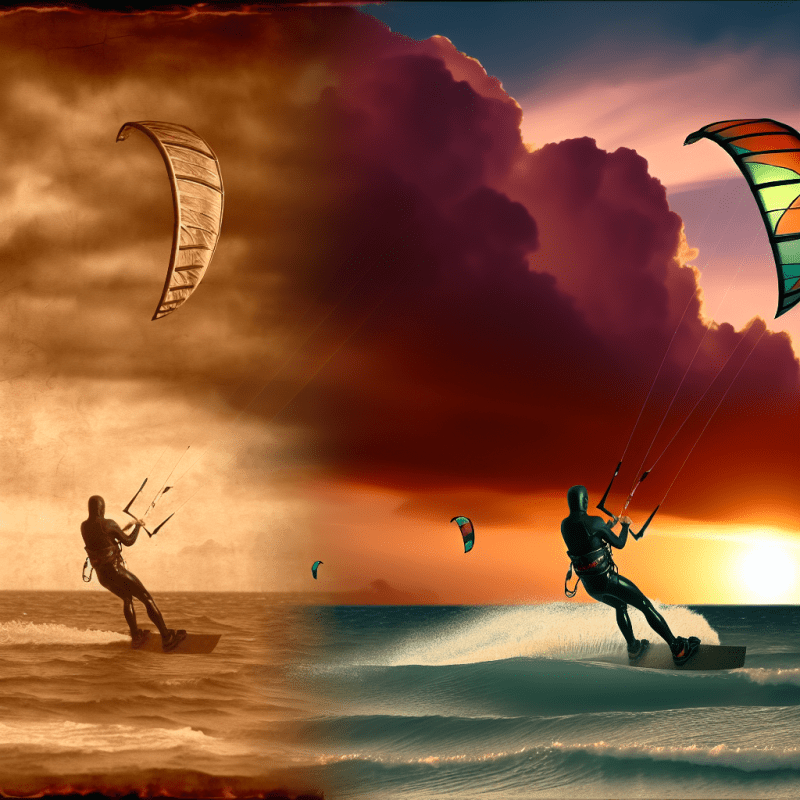Essential Safety Gear for Kitesurfing
Kitesurfing is an exciting and exhilarating water sport, but it can also be dangerous if you do not take the necessary precautions. One of the most important things to consider before you hit the water is your safety gear. Here are some essential items that every kitesurfer should have:
- Kite - the kite itself is an essential piece of safety equipment. Make sure that you purchase a kite that is suitable for your skill level and the conditions you will be kitesurfing in.
- Board - like the kite, the board is crucial to your safety while kitesurfing. Choose a board that is the right size and shape for you and your abilities.
- Harness - a harness is what attaches you to the kite. Make sure that it fits you correctly and has a quick-release mechanism in case of emergency.
- Helmet - always wear a helmet when kitesurfing to protect your head from injury.
- Life jacket - a life jacket will keep you afloat in the water if you become stranded or injured.
- Wetsuit - a wetsuit will keep you warm and also protect you from cuts and scrapes from the board.
- Booties - booties will protect your feet from rocks and other sharp objects in the water.
- Sunscreen - don't forget to protect your skin from the sun's harmful rays while you are out on the water.
Remember, always check your gear before heading out and make sure that everything is in good condition. And of course, it is important to take kite lessons and practice in an area with plenty of space and little wind before attempting more advanced maneuvers. Stay safe and have fun!
Understanding Weather Hazards and Risks on the Water
Kitesurfing is an exhilarating water sport that involves harnessing the power of the wind to glide over the waves. But with the rush of adrenaline comes the responsibility of understanding the weather hazards and risks that come with being on the water. Here are some weather-related hazards and risks to be aware of before venturing out on your next kitesurfing adventure:
Lightning
Lightning is one of the most dangerous weather hazards when it comes to watersports. As you are essentially holding onto a metal bar attached to a kite, you become a walking lightning rod if a storm rolls in. Always check the weather forecast before heading out, and immediately seek shelter if you hear thunder or see lightning.
Wind
Wind direction and strength are crucial factors to consider when kitesurfing. Always check the weather forecast for the direction and speed of the winds, and be aware of local wind patterns. Sudden changes in wind direction or gusts can cause you to lose control of your kite, leading to potential accidents.
Wave conditions
Strong currents, large waves, and rip currents are all potential hazards when kitesurfing. Before getting in the water, check the wave conditions and be aware of the potential risks. Know your limits and only enter the water under conditions that you feel comfortable and safe in.
Heat and sun exposure
Spending extended periods of time on the water can expose you to intense sunlight, which can cause sunburn, heatstroke, and dehydration. Wear protective clothing, apply sunscreen, and drink plenty of water to avoid the risk of heat-related illnesses.
In conclusion, understanding the weather hazards and risks on the water is crucial for safe kitesurfing. Always check the weather forecast and be aware of potential hazards before heading out. By taking these precautions, you can enjoy the thrill of kitesurfing while keeping yourself safe.
Tips for Kitesurfing Safely and Responsibly
Kitesurfing can be an incredibly fun and exhilarating sport, but it can also present some real dangers if not done safely and responsibly. Here are some tips to help you kite safely and responsibly:
1. Start with Lessons
If you're new to kitesurfing, it's important to start with lessons from a qualified instructor. A good instructor will teach you the essential skills you'll need to kite safely and responsibly, including how to properly rig your equipment, launch and land your kite, and execute the basic maneuvers.
2. Always Use the Right Equipment
Using the right equipment is crucial to safe and enjoyable kitesurfing. Choose the right kite size and style for your skill level and the wind conditions. Your kite should also be in good condition, with no tears or other damage.
3. Check the Weather Conditions
Always check the weather conditions before you go kitesurfing, and don't go out if there's a chance of a storm or other dangerous weather event. Additionally, make yourself aware of the wind direction and strength, as well as the currents and tides in the area where you plan to kite.
4. Respect Other Beach Users
Kitesurfing is a shared activity, and it's important to be respectful of other beach users. Stay clear of swimming areas and other crowded areas, and always give other beachgoers plenty of space.
5. Always Wear a Leash
Always wear a leash when kitesurfing. This will keep you connected to your kite at all times and prevent it from flying off in the event of an accident. Additionally, it's important to wear a properly-fitted life jacket or buoyancy aid.
6. Stay Within Your Limits
Kitesurfing is a sport that requires practice and skill. Don't push yourself beyond your limits, and only attempt maneuvers that you feel confident about. Always be aware of your surroundings and never engage in risky behavior.
7. Know What to Do in an Emergency
Lastly, it's important to know what to do in the event of an emergency. This includes knowing how to self-rescue, how to safely release your kite, and how to signal for help if needed.
By following these tips, you can safely and responsibly enjoy the thrill of kitesurfing. Remember, the priority is always to have fun, but that fun should never come at the expense of your safety or the safety of others.



